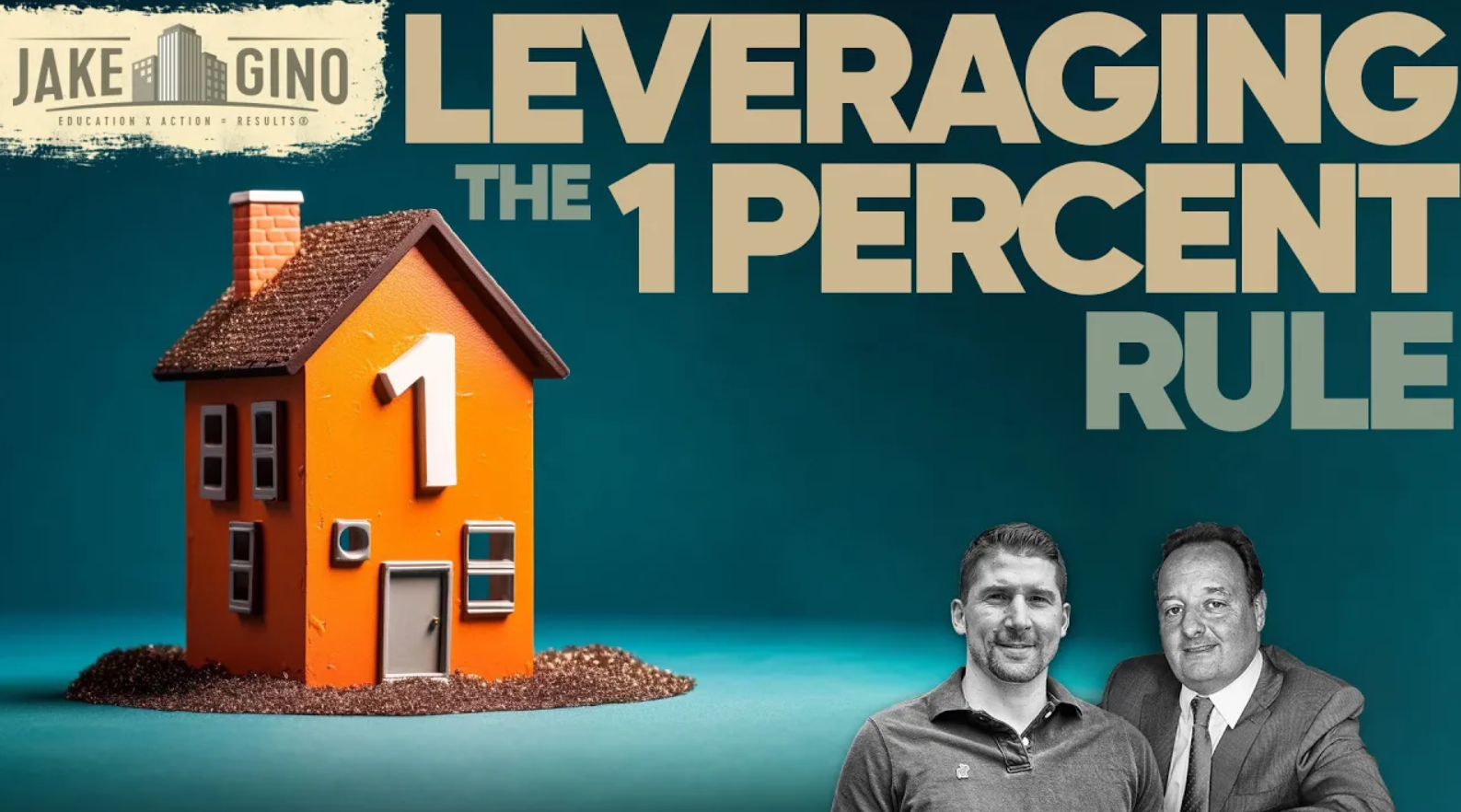
Leveraging the 1% Rule in Multifamily Investing: A Guide for Beginners
Imagine a simple yet powerful tool that helps you identify potentially profitable multifamily properties in a flash. That’s the magic of the 1% rule, a time-tested metric used by countless investors to navigate the exciting world of multifamily real estate. But is it a golden ticket to riches, or is there more to the story?
This article dives deep into the 1% rule, exploring its core concept, uncovering its strengths and limitations, and equipping you, the aspiring multifamily investor, with the knowledge to leverage it effectively. By the end, you’ll be able to confidently assess deals, separate fact from fancy, and pave the way for a thriving multifamily investment portfolio.
What is the 1% Rule?
The 1% rule is a simple benchmark used to assess the potential profitability of a multifamily property. In essence, it states that the monthly rent per unit should be roughly 1% of the purchase price per unit. For example, if a unit costs $100,000, the monthly rent should ideally be around $1,000.
Why is the 1% Rule Attractive?
- Easy to Apply: The 1% rule is a straightforward calculation, making it a handy tool for quickly screening potential deals.
- Suggests Cash Flow Potential: If a property meets the 1% rule, it suggests it has the potential to generate positive cash flow, a key goal for real estate investors.
Limitations of the 1% Rule
- Market Dependent: The 1% rule may not be universally applicable. Ideal rent-to-price ratios can vary depending on the specific market.
- ** Ignores Other Factors:** Property condition, vacancy rates, operating expenses, and potential for rent increases are all crucial aspects that the 1% rule doesn’t consider.
Using the 1% Rule Effectively
- Initial Screening Tool: While not the be-all and end-all, the 1% rule can be a helpful starting point for filtering potential deals.
- Part of a Broader Analysis: Don’t rely solely on the 1% rule. Conduct a thorough evaluation that considers factors like market trends, property condition, and long-term value.
- Think Long-Term: The 1% rule may not hold true immediately after purchasing a property. Consider potential rent increases through renovations or market shifts.
Conclusion
The 1% rule is a valuable tool for beginner multifamily investors, but it should be used cautiously and in conjunction with a more comprehensive analysis. By understanding its strengths and limitations, you can leverage the 1% rule to make informed investment decisions.







